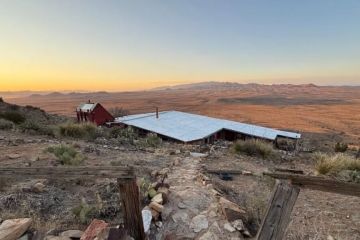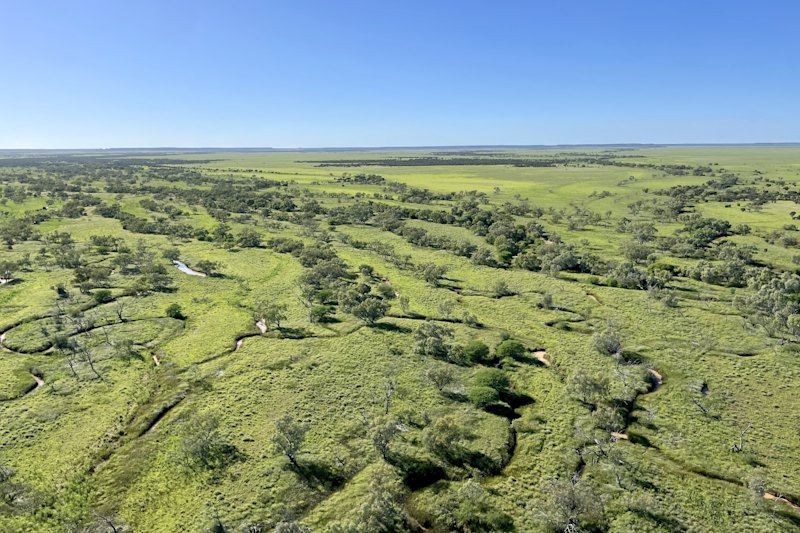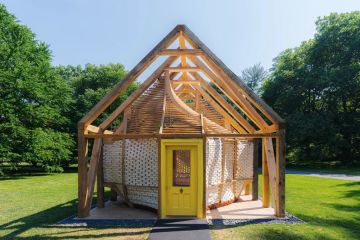How to keep your house cool for less during summer
Running air-conditioning all day isn’t the only – or the cheapest – way to keep cool, and homeowners and renters can make small tweaks to their homes to beat the heat in the cost-of-living crisis.
It’s been demonstrated by the Climate Safe Room initiative, which focused on improving the thermal performance of a single room or area of a group of Australian homes. It was conceived by Dr Tim Adams to protect those with less capacity to build a highly energy-efficient house from extreme temperature and electricity bills.
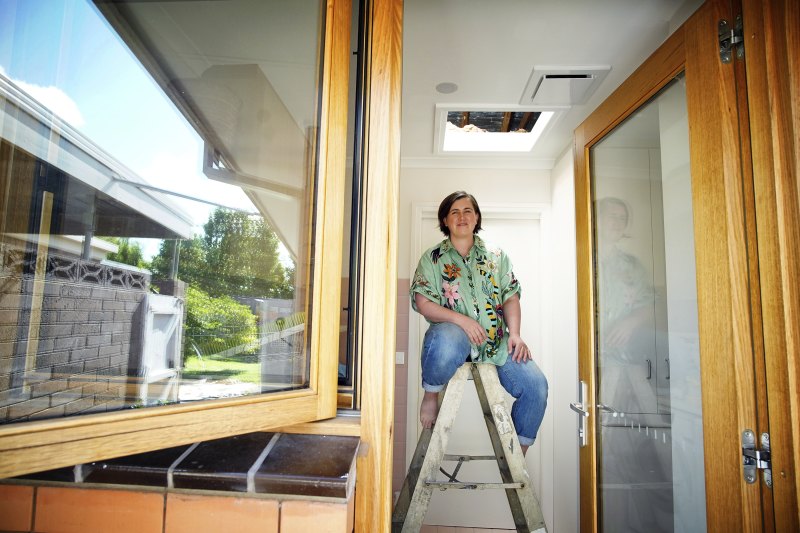
Adams said the vast majority of Australia’s houses were not built to deal with the summer heat or winter cold – most were draughty, lacked insulation and would perform poorly if rated against the Nationwide House Energy Rating Scheme.
“The bulk of our housing stock out there was built with little to no consideration for how it does from a thermal point of view,” said Adams, a committee member of not-for-profit community organisation Geelong Sustainability. “When you run a bad house through those programs, you get a number that looks awful.
“The owner sees that and says, ‘It’s going to cost a fortune to do it and who can I get to do this?’ The output can be overwhelming. If you look under the hood and think about things a bit more intelligently, you can just look at part of the house and make sure it’s upgraded to a better standard.”
A thermally inefficient house – a home that does not hold in or keep out heat particularly well – can put its occupants at risk of temperature-related illnesses. Extreme heat is one of the country’s biggest killers.
Adams implemented the award-winning initiative through Geelong Sustainability, and improved 16 participants’ homes for about $15,000 each – often buying solar panels and improved reverse-cycle air-conditioners.
The first step was to identify a part of the house that would be improved, typically where the most time was spent, such as a living room or kitchen.
From there, Adams recommended installing or improving insulation, both in the ceiling or beneath the floor. “Putting insulation in the ceiling, if there was none there, would really make a significant difference,” he said.
Adams said even those who already had insulation might not be getting its full benefit if it were incorrectly installed or if the ceiling featured downlights.
“Lots of houses have recessed light fittings, with gaps around them because some lights were designed to have airflow past them to keep them cool,” he said.
Next was to draught-seal doors and windows to prevent cool or warm air from escaping, and adding heavy or sun-blocking curtains or blinds to keep the sun out and warmth in.
Geelong homeowner Sarah Anderson prioritised thermal efficiency in her recent renovation, which she said had improved both her comfort and the amount of money spent on keeping the house both warm and cool.
“As power prices go up and things get a bit crazier with the weather, we wanted to feel like our house was going to be comfortable.

“What happens when it’s 40 degrees and the power goes out? You’re going to bake in your house.”
Before committing to the full retrofit of her home, Anderson made the few improvements she could at the time. For her, it included adding solar, a new split system air-conditioner and shading western windows.
Anderson said others hoping to improve their homes’ thermal efficiency could do so for even cheaper.
“Do your ceiling insulation and underfloor insulation; they’re cheap to do, and they make a huge difference,” she said. “Shading your west windows can be cheap. Just buy a shade sail.”
Both Anderson and Adams recommend seeking professional help to triage the most important issues with the house, which the latter said could cost as little as $450.
New Energy Thinking’s Richard Keech helps run the Facebook group My Efficient Electric Home, where he provides advice to homeowners hoping to improve their homes’ thermal performance.
He said the safe room concept was emerging, and not a common topic of advice on the forum.
“[A safe room] would suit some people who have a limited budget,” he said.

“In some houses, doing the entire home would be really tricky. Fixing up a single room and putting a split system in there would help some people stay comfortable in a heatwave.”
Keech said that, despite an upfront cost, improving a home’s thermal efficiency typically paid off in the long run.
“You can be more comfortable and reduce your energy consumption by three-quarters and the rest of your energy consumption can be offset with solar,” he said.
“You’re looking at reducing energy cost by a conservative estimate of three-quarters. It’s not unreasonable for some people to have costs reduced by 80 to 90 per cent.”
We recommend
We thought you might like
States
Capital Cities
Capital Cities - Rentals
Popular Areas
Allhomes
More
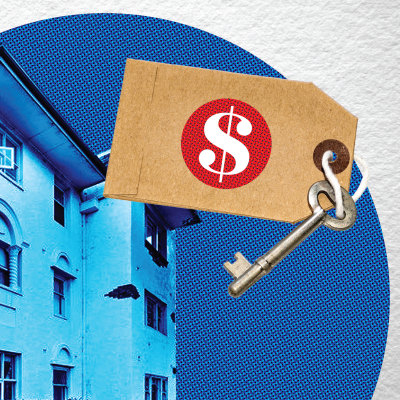
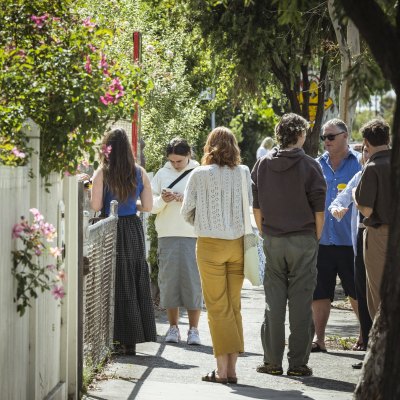
/http%3A%2F%2Fprod.static9.net.au%2Ffs%2F77979b0d-3c21-4fc8-8cec-2c2cb6a28d10)

